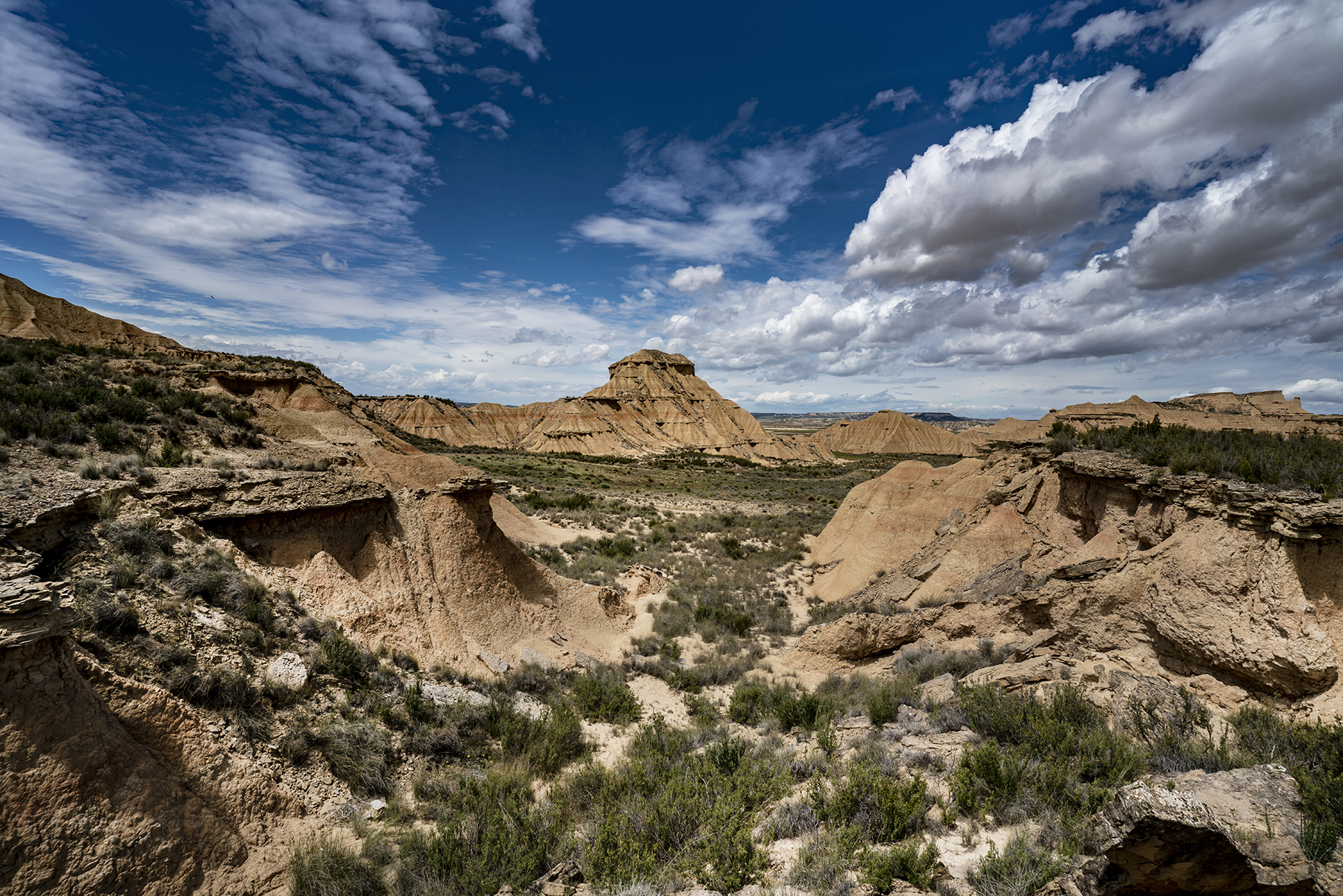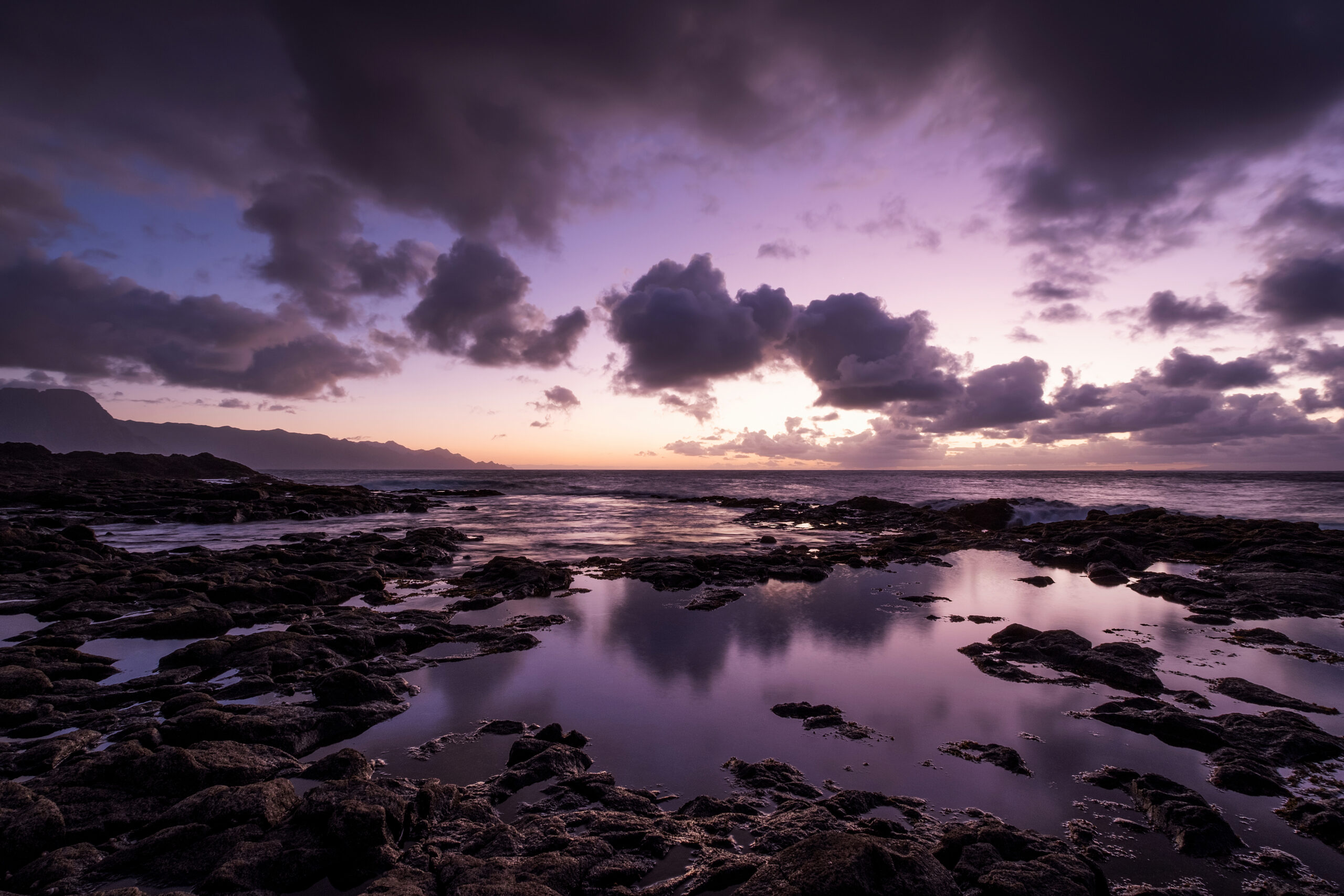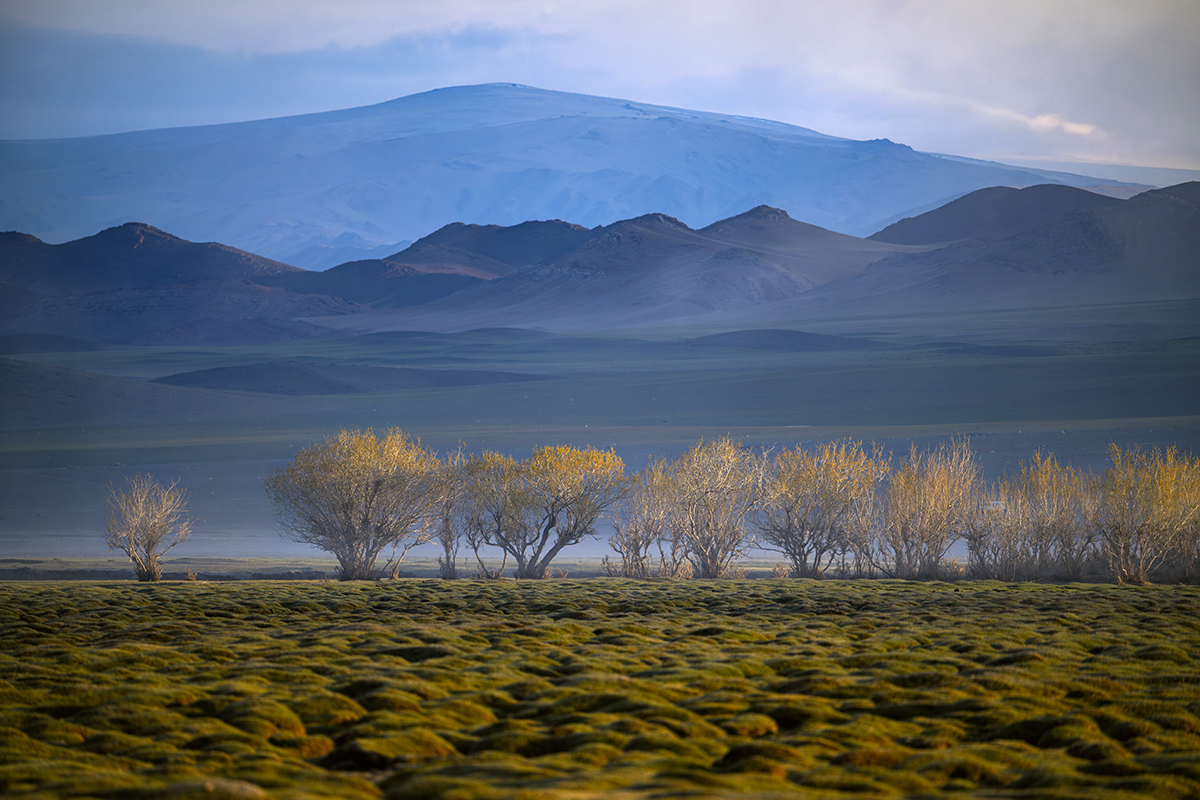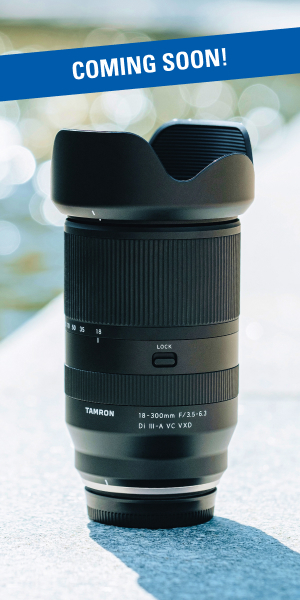Nous avons la chance de vivre sur cette magnifique planète Terre, remplie de paysages à couper le souffle qui ne demandent qu'à être photographiés. Encore mieux ? La même scène peut être capturée d'une infinité de façons, à mesure que vous progressez dans votre art, que vous essayez de nouveaux équipements et que vous explorez des styles de composition créatifs. Ce guide de la photographie de paysage pour débutants vous aidera à aborder la photographie de paysage avec confiance et créativité. Découvrez trois conseils simples et pratiques pour améliorer vos prises de vue en extérieur.
Dans cet article, vous apprendrez comment :
- Planifiez vos prises de vue paysagères à l'aide de recherches
- Faites ressortir vos photos grâce à une composition réfléchie
- Choisissez entre un objectif grand angle et un téléobjectif
- Utiliser la perspective pour créer de la profondeur et du drame
- Renforcer la confiance dans le processus de prise de photos
CONSEIL 1 : Faites vos recherches avant de partir

Arriver dans un nouveau lieu, appareil photo en main, peut être à la fois exaltant et accablant. Pour éviter le syndrome du "je veux tout photographier" et repartir avec des images qui correspondent à votre vision, la préparation est essentielle.
Faites des recherches sur les points suivants avant de partir :
- Les conditions météorologiques (et leur influence sur l'humeur et la lumière)
- Heures de lever et de coucher du soleil
- Terrain et accessibilité
- Options de transport
- Réglementations ou restrictions locales
Suivre d'autres photographes via les médias sociaux ou les galeries en ligne peut également être une source d'inspiration. N'hésitez pas à leur tendre la main - la photographie est un sport communautaire, et beaucoup sont heureux de partager leurs connaissances. Explorez le site Web de Tamron blog pour de nombreux articles sur la photographie de paysage.
CONSEIL 2 : Utilisez la composition pour rendre votre photo unique

Même si 100 photographes se réunissent au même point de vue, chacun d'entre eux repartira probablement avec une image différente. Pourquoi ? La composition.
Voici quelques façons créatives d'aborder la composition :
- Lignes directrices : Utiliser des lignes naturelles ou artificielles pour dessiner l'œil
- Éléments de premier plan : Ajoutez des rochers, des fleurs ou de la texture pour donner de la profondeur
- Règle des tiers : Éviter de placer l'horizon au centre
- Perspective : Descendez ou prenez des photos d'en haut pour modifier l'expérience de l'observateur.
- Échelle : Inclure une personne, un arbre ou un objet pour montrer les relations de taille.
Exemple de conseil : Vous utilisez un objectif grand angle ? Orientez-le plus bas vers le sol et incluez un sujet au premier plan pour accentuer la séparation entre le premier plan, le milieu et l'arrière-plan.
CONSEIL 3 : Choisissez l'objectif adapté au paysage

La plupart des gens se tournent vers un objectif grand angle lorsqu'il s'agit de photographier des paysages, et ce pour de bonnes raisons.
Offre de grands angles :
- Des perspectives étendues
- Ciel dramatique
- Avant-plans superposés
Toutefois, ne sous-estimez pas le pouvoir d'une téléobjectif.
Les téléobjectifs sont idéaux pour :
- Compression des éléments dans une scène pour rapprocher les couches
- Isoler les sujets éloignés
- Mettre l'accent sur les détails dans les chaînes de montagnes, les arbres ou les conditions météorologiques
Aperçu professionnel : Les grands angles permettent de raconter l'histoire dans son ensemble, mais les téléobjectifs permettent de se concentrer sur les détails qui passent souvent inaperçus.
Réflexions finales
Comme le souligne ce guide de la photographie de paysage pour débutants, le plus important est d'apprécier le processus. Planifiez à l'avance, explorez différentes compositions et expérimentez avec différents objectifs. Plus vous prendrez de photos, plus votre style personnel se dessinera.
Pour en savoir plus sur les objectifs Tamron pour la photographie de paysage, rendez-vous sur le site d'un revendeur Tamron agréé dans votre région ou visitez le site Magasin TAMRON aujourd'hui.
Plus de conseils photo | Regarder les vidéos | En savoir plus sur les objectifs Tamron | Galerie de photos

